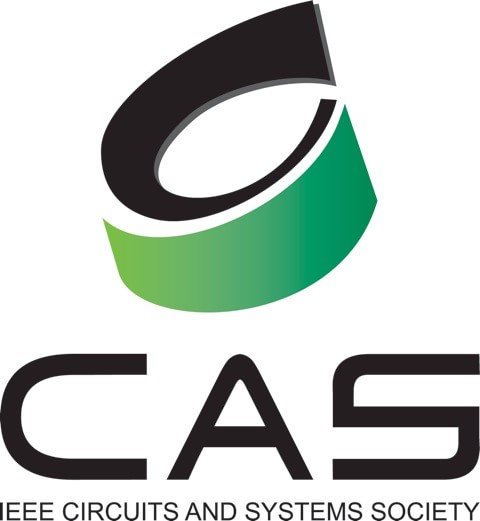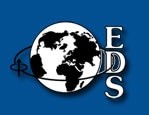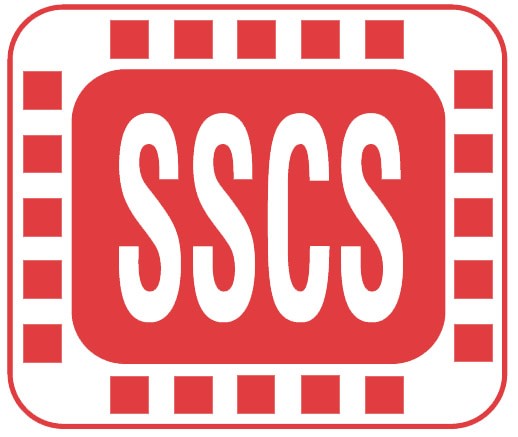2008 Events
A MOS-Based Passive Radon Monitor or, What You Don’t Know Could Kill You
-
Professor Garry Tarr
Department of Electronics, Carleton University
-
- Nov. 28, 2008
-
- 1:00PM - 2:00PM
System on Package (SoP) – Integration Technologies and CAD methods for Micro, Nano and Bio Convergence
-
Professor Madhavan Swaminathan
Fellow IEEE, Deputy Director, Packaging Research Center, Georgia Institute of Technology, Atlanta, USA
-
- Nov. 10, 2008
-
- 6:00PM - 6:15PM
Advances in Hybrid Electric Vehicles Using Electronics and IPM Technology
-
A. Rahman
Memorial University
-
- Nov. 7, 2008
-
- 11:00AM - 12:00PM
Improved Drain-Source Current Model for HEMTs with Accurate Gm Fitting in All Regions
-
Dr. Jianguo Ma Changjiang
Professor University of Electronic Sciences and Technology of China Chengdu, China
-
- Oct. 7, 2008
-
- 12:00PM - 12:50PM
Impacts of the Sun on Satellite Communications Systems
-
Dr. Andy D Kucar
Ottawa, Canada
-
- Sept. 22, 2008
-
- 7:00PM - 8:00PM
Current Status and Future Trends for Si and Compound MMICs in Millimeter-wave Regime and Related Issues for System on Chip (SOC) and/or System in Package (SIP) Applications
-
Professor Huei Wang
IEEE MTT Distinguished Microwave Lecturer, National Taiwan University
-
- Jun. 23, 2008
-
- 4:00PM - 5:00PM
Nonlinear Analog Behavioral Modeling of Microwave Devices and Circuits
-
Dr. David Root
IEEE MTT Distinguished Microwave Lecturer, Agilent Technologies, Santa Rosa, California
-
- Mar. 31, 2008
-
- 12:00PM - 1:00PM
Quantum Information-future of microelectronics?
-
Dr. P. Hawrylak
Principal Research Officer, Quantum Theory Group, Institute for Microstructural Sciences (IMS), NRC
-
- Mar. 4, 2008
-
- 1:30PM - 3:00PM
Variation Robustness for Analog/Mixed-Signal, Custom Digital and Memory Design
-
Dr. Patrick G. Drennan
Chief Technology Officer, Solido Design Automation, San Ramon, CA, USA
-
- Feb. 12, 2008
-
- 1:00PM - 12:00PM
Millimeter-Wave Integrated Circuits: SOC vs. SIP
-
Rony Amaya
Research Scientist, Communications Research Centre Canada, Ottawa
-
- Jan. 21, 2008
-
- 11:00AM - 12:00PM
Intelligent Soft Materials: The Future of Technology (As we don't know it...)
-
Steven McGarry
Department of Electronics, Carleton University
-
- Jan. 11, 2008
-
- 11:00AM - 12:00PM




